Objectified:18 things uniquely Chinese
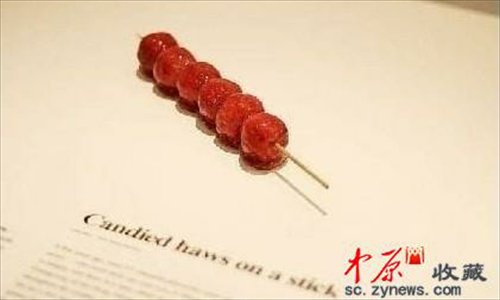
Candied haws on a stick: In winter, on the streets and alleyways of old Beijing, vendors call out, “Candied haws, candied haws…”
The Spring Festival is the best time for selling candied haws. The traditional method of making candied haws is to string wild fruits on bamboo sticks and then dip them in malt syrup. The malt syrup turns hard as soon as it is exposed to the air, creating the crispy and sweet sugar-coated haws. The wild fruits used are mostly haws. Photo: sc.zynews.com
Source: CN.HUJIANG.COM
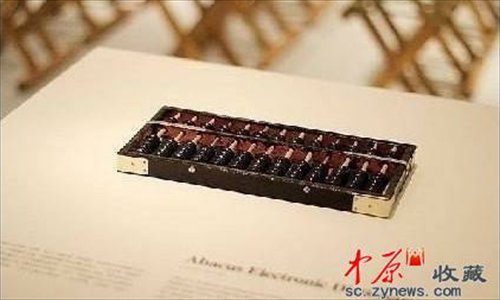
An abacus is essentially an array of beads threaded on string or held in grooves, with each row representing a different digit.
The zhusuan dates back at least 1,800 years, and was listed as a part of China's national-level intangible cultural heritage in 2008.
Chinese abacus operators can use the gadgets to add, subtract, multiply and divide numbers with great speed, handling figures up to the tens of millions. Photo: sc.zynews.com
Source:
Abacus on UNESCO list
Gallery: Low-Tech Computers From Prehistory to Today
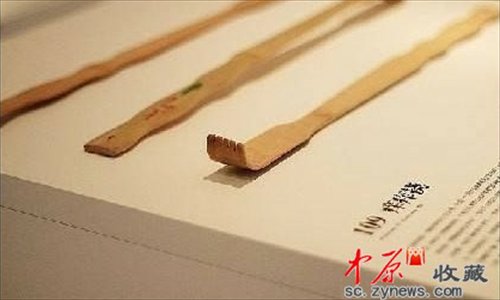
Backscratcher: Historically, intricately-decorated backscratchers were worn hung from the waist among the aristocracy. Though many backscratchers today come in plastic, most are still made from the more traditional wood and bamboo. They vary in length between 30 and 60 centimeters. Photo: sc.zynews.com
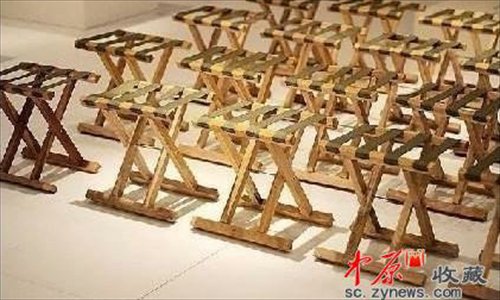
Folding stool: The folding stool finds its origin 2,600 years ago in Zibo, the capital of the ancient kingdom of Qi during the Warring States (475BC-221BC). These portable, durable seats are primarily made of wood and fold easily. Due to its small size and light weight, they are often used by the elderly even today. Photo: sc.zynews.com
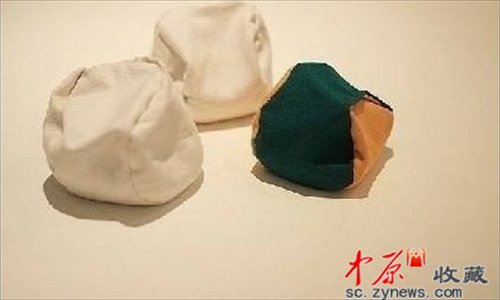
Beanbag: Beanbags, filled with dried beans, rice or sand, resemble hacky sacks in their appearance. However, these traditionally homemade toys for children involved less kicking and more throwing. One traditional game involves dodge ball-like skills, where two players stand on opposite ends of a small group and attempt to strike one of its members by throwing a beanbag back and forth. Photo: sc.zynews.com
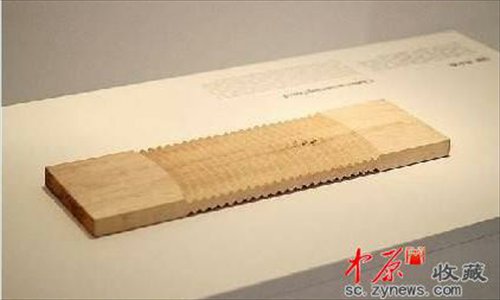
Washboard: Before China’s reform and opening-up in 1978, almost all Chinese washed their clothes on similar wooden washboards. Photo: sc.zynews.com
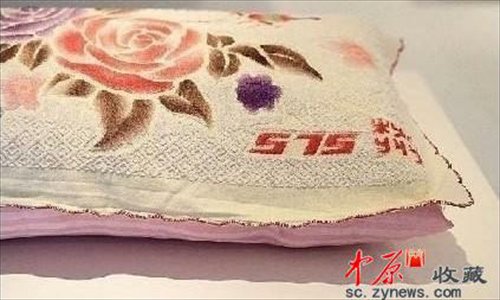
Embroidered pillow towel: During the 1970s and 1980s, pillow covers embroidered with peonies was one of the most common items found in a Chinese household. The covers were produced at a State-run cotton mill in Shanghai, and all bore the city’s embroidered name. Easy to manufacture, cheap and very durable, covers like these were favored as raw materials were relatively scarce at the time. Photo: sc.zynews.com
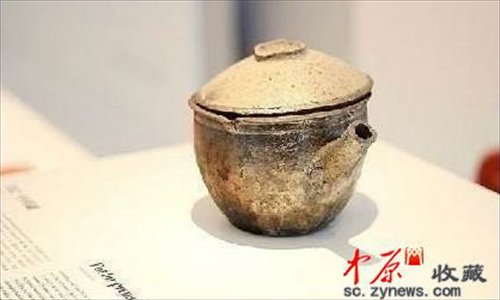
Clay medicine pots: Clay pots such as these are used to boil traditional Chinese medicine even to this day. The commonly used red clay is still favored over other more modern materials, not only because of its even thermal conductivity, but also it does not influence the herbs’ medicinal properties. Photo: sc.zynews.com
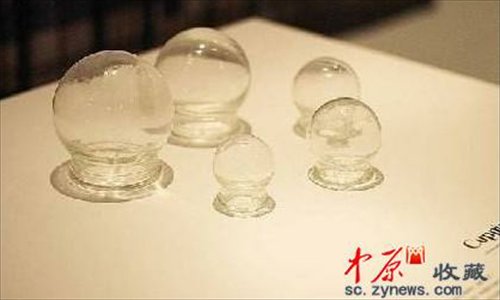
Cupping jars: Cupping therapy is an ancient Chinese form of alternative medicine still popular today, in which a local suction is created on the skin with small glass jars. Practitioners believe this mobilizes blood flow in order to promote healing. Suction is created using heat (fire) or mechanical devices (hand or electrical pumps) to create a vacuum inside the jar. Photo: sc.zynews.com
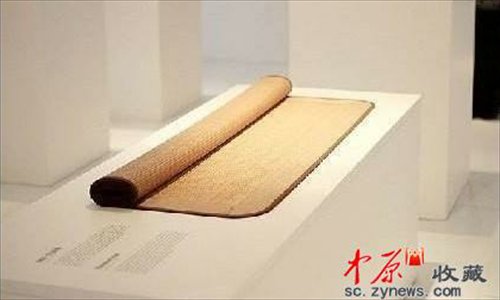
Summer sleeping mat: These mats, often made of thin bamboo strips, are used as bedding during the summer, as they stay cool to the touch even on hot days. They are used widely today, are inexpensive, and roll up quite easily. Photo: sc.zynews.com
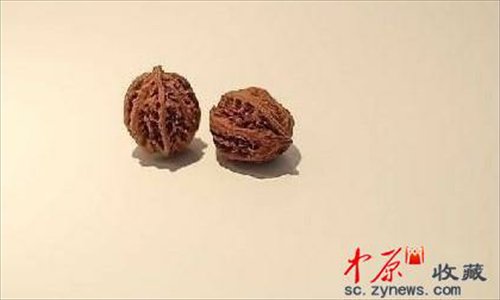
Rolling walnuts: A practice with origins in Beijing during the Qing Dynasty (1644-1911), rolling perfectly paired walnuts in the palm is believed to stimulate acupuncture points and have other medicinal benefits. They are also highly collectable, with well-rolled pairs priced into the hundreds of thousands of yuan. Photo: sc.zynews.com
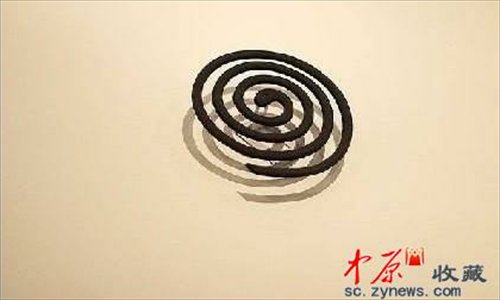
Mosquito coils: An incense coil that when lit produces a common summer scent in China that repels mosquitoes and other bugs. The smoke, however, contains some toxic substances, such as formaldehyde and benzene. Photo: sc.zynews.com
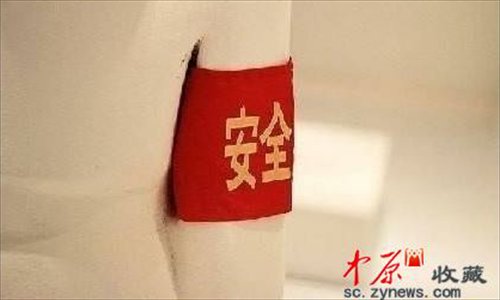
Red armband: Red armbands, a mark of the Red Guard during China’s Cultural Revolution (1966-76), are nowadays innocuously worn by elderly volunteers that help with neighborhood watches or other civilian positions. Photo: sc.zynews.com
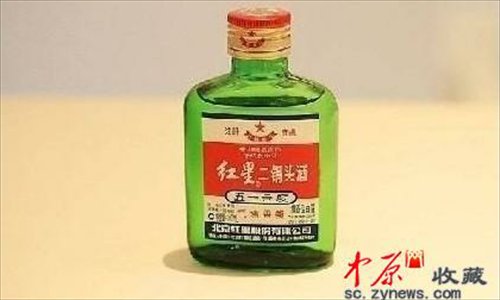
Red Star Erguotou Erguotou: Erguotou is a strong Chinese spirit also known as baijiu made from sorghum. The most common brand is Red Star. Founded in 1949, Beijing Red Star Co Ltd was the first company named after its fermenting process, “twice distilled,” after the establishment of the new China. The iconic bottle design and label have also become strong cultural symbols. Photo: sc.zynews.com
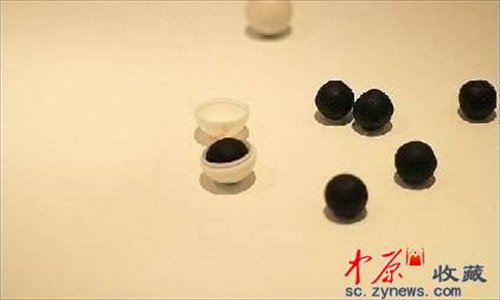
Traditional Chinese medicine pill: Traditional Chinese medicine pills are a mixture of multiple medicinal powders held together with refined honey, rolled into balls and stored in an inedible wax shell. They are usually prescribed for slow-acting medicines and nourishing supplements. Photo: sc.zynews.com
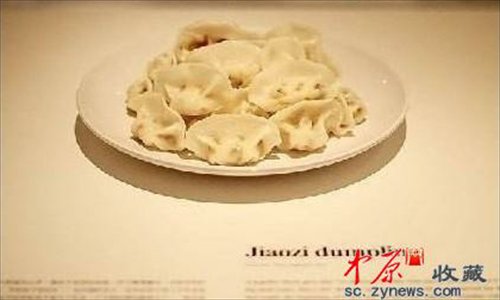
Dumplings: Said to have been invented during the Eastern Han (25-220), dumplings (jiaozi) are a common and traditional Chinese food which generally consists of minced meat and finely chopped vegetables wrapped into a piece of dough skin and either boiled or steamed. Dumplings are the traditional dish eaten on Chinese New Year's Eve, the evening before the Lunar New Year, and special family reunions. Photo: sc.zynews.com
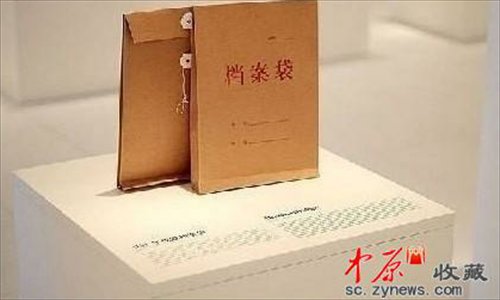
Portfolio (dang’an): Every registered Chinese citizen has a personal file, or dang’an, that includes all important information about an individual, including education and career, as well as association membership, criminal activity and any other social accolade or infraction. Most citizens cannot see their dang’an, and access to them is limited. Photo: sc.zynews.com
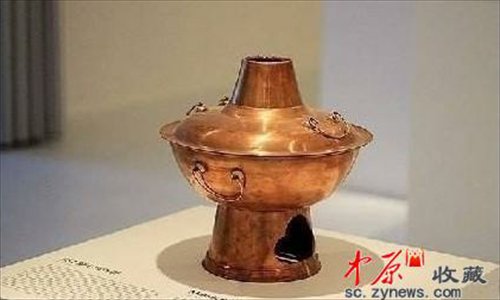
Copper hot pot: Copper pots are widely used for cooking hot pot in northern China, a dish that dates back more than a thousand years. Photo: sc.zynews.com